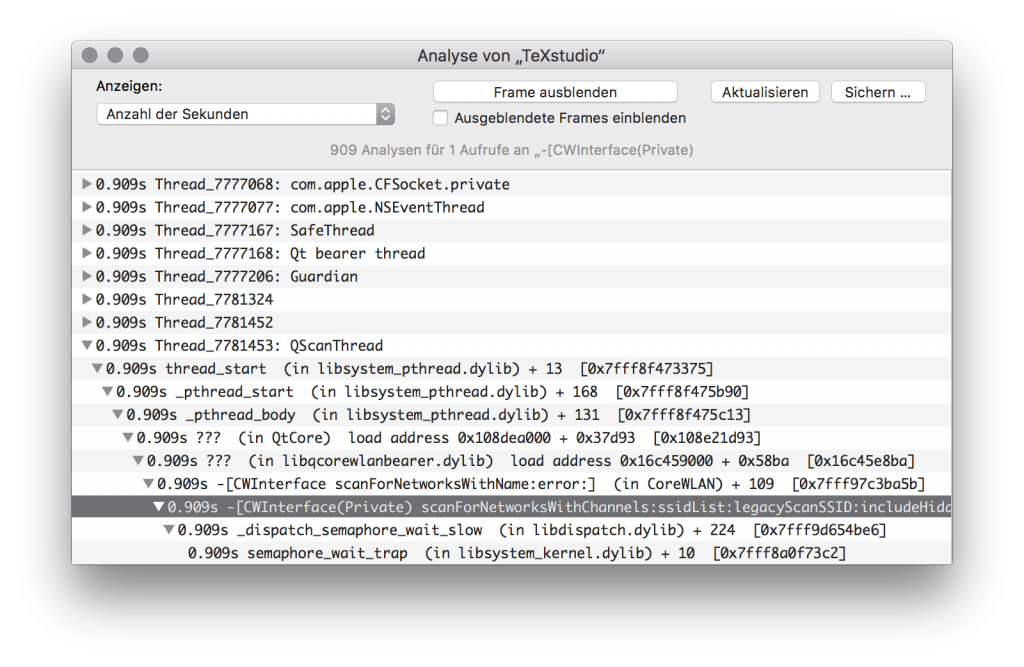Apple has earned itself a name for producing durable computers. My MacBook is now 9 years old and while it still works fine, it has grown increasingly slow and has lately been spinning its fan up like crazy. Time to open the case and fix the issue.


Apple has earned itself a name for producing durable computers. My MacBook is now 9 years old and while it still works fine, it has grown increasingly slow and has lately been spinning its fan up like crazy. Time to open the case and fix the issue.

Ubuntu is moving away from the old /etc/network/interfaces or /etc/network/interfaces.d/*.cfg style of configuration towards netplan. Unfortunately nobody seems to have thought about dummy network interface support. There seems to be a workaround with a bridge device without attached interfaces, but I could not get netplan to assign IP addresses to that bridge interface and it furthermore leads to the boot-up process hanging for a few minutes.
I therefore stick with the old /etc/network/interfaces for now and work around a bug with the dummy module initialization in 18.04 like this:
auto dummy0 iface dummy0 inet static address 10.0.0.1 netmask 255.255.255.0 pre-up rmmod dummy; modprobe dummy numdummies=4
The last line did the trick.
 Pre-2011 Macs store the system password in a very insecure way which permits easy password recovery if the user can boot into the system and has root / Administrator priviledges. This post details how to simply erase or recover that system password. Continue reading
Pre-2011 Macs store the system password in a very insecure way which permits easy password recovery if the user can boot into the system and has root / Administrator priviledges. This post details how to simply erase or recover that system password. Continue reading

Gerade meine museale Espresso-Maschine repariert. Und da sage nochmal jemand ein Elektrotechnik-Studium lohne sich nicht…

TeXstudio is a decent and free TeX editor on the Mac. One aspect of it bothered me, though: It uses too much CPU for no obvious reason. Even when no tex documents are open, it (version 2.10.8) does *something* very CPU intensive every ~8 seconds. On a desktop computer this wouldn’t be much of a hassle, but on a laptop unnecessary mean wasted energy and less battery life. With TeXstudio on a MacBook Pro it actually means several hours less battery life.
Using the Activity Monitor I found TeXstudio to frequently scan for network interfaces and nearby Wifi networks. That is very odd for a TeX editor and I cannot think of a good reason for it to do so.

TeXstudio is scanning for WIFI networks
Apparently, libqcorewlanbearer.dylib is involved. Simple fix: Delete it.
$ rm /Applications/texstudio.app/Contents/PlugIns/bearer/libqcorewlanbearer.dylib
TeXstudio will continue to work just fine but will use way less energy doing so. Why does this matter? Because it is spring and I want to work outside. 😀
 There are plenty of reasons to tunnel one network connection through another without encryption: You might, for instance, want to transparently connect two separate networks (e.g. data centers) through another, or want to use a publicly reachable IP address behind your providers NAT. Whatever the reason is, what you are going to do is to encapsulate your data within IP packets to pass through the transit network to your other tunnel endpoint. While it is out of question that this works (this has been a solved problem for a while), this article will look at the performance of various tunneling methods on a very, very low-end consumer-grade device: A TP-Link WR841N v9 wireless router. This device costs less than €15 and is still a very capable router because it can run the versatile open-source OpenWRT operating system.
There are plenty of reasons to tunnel one network connection through another without encryption: You might, for instance, want to transparently connect two separate networks (e.g. data centers) through another, or want to use a publicly reachable IP address behind your providers NAT. Whatever the reason is, what you are going to do is to encapsulate your data within IP packets to pass through the transit network to your other tunnel endpoint. While it is out of question that this works (this has been a solved problem for a while), this article will look at the performance of various tunneling methods on a very, very low-end consumer-grade device: A TP-Link WR841N v9 wireless router. This device costs less than €15 and is still a very capable router because it can run the versatile open-source OpenWRT operating system.
I’m changing my IPv6 connectivity to another provider because I’m having trouble with my old provider SixXS. This causes some IPv6 downtime.
Seems I’m not the only user who is having some trouble with them.
In Mac OS X 10.11 (“El Capitan”) Apple replaced the good old “Disk Utility.app” with a completely overhauled and colorful but less powerful version. Many features have been sacrificed in favor of an easier and more usable UI. This post explains how to get that old version back. Continue reading
Simply put: Nested virtualization allows a virtual machine (VM) to be a host for further VMs. If you wanted to run VMware inside a VM, you would need this feature. But you would also do well to consider it if you were developing Android apps inside a VM and wanted to use the Android Emulator with hardware acceleration (= virtualization). Continue reading